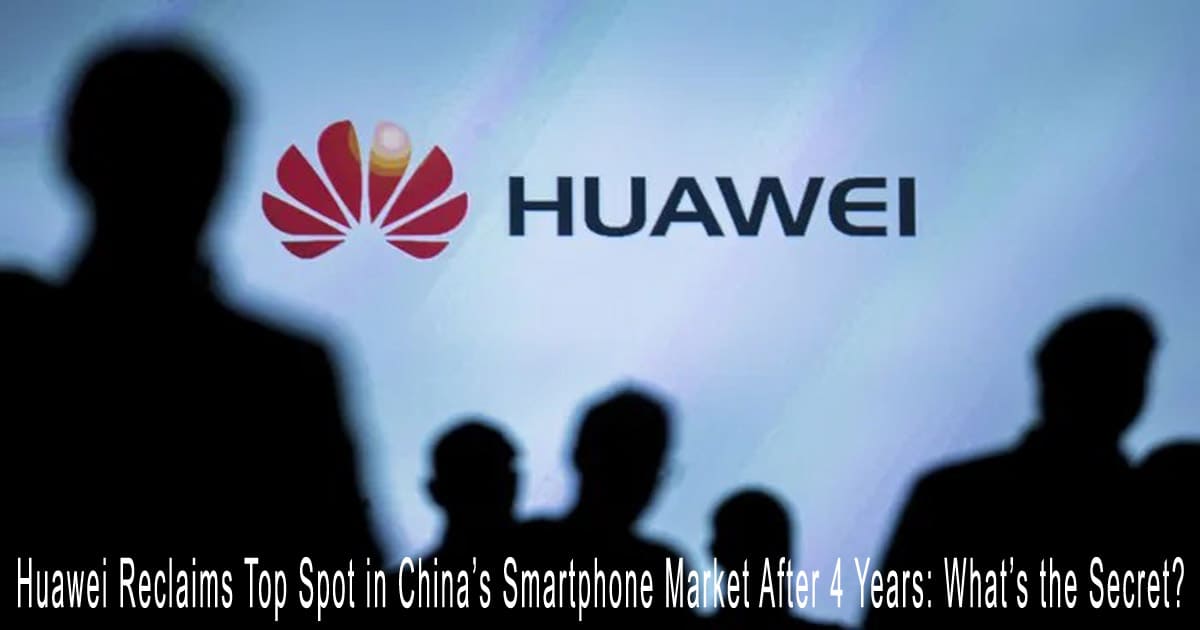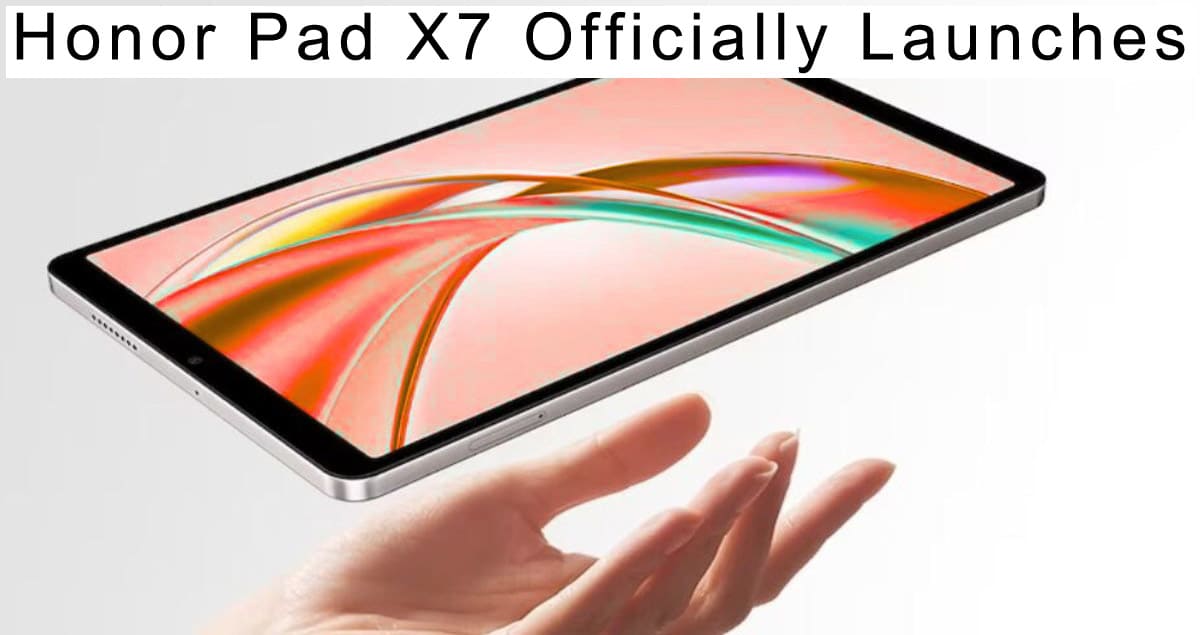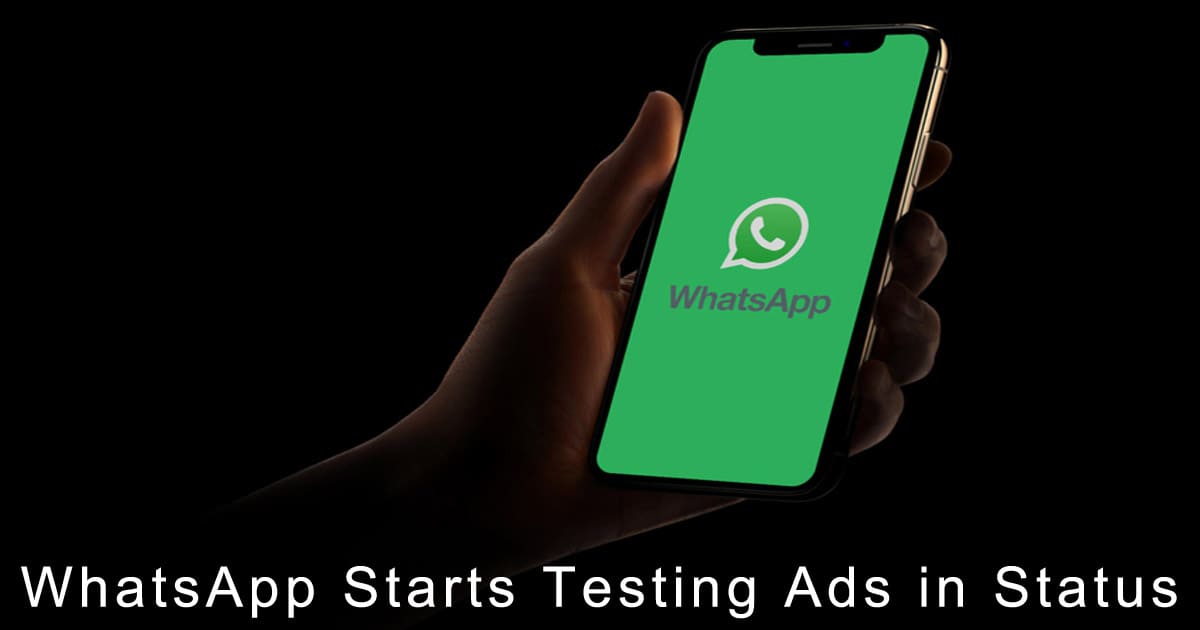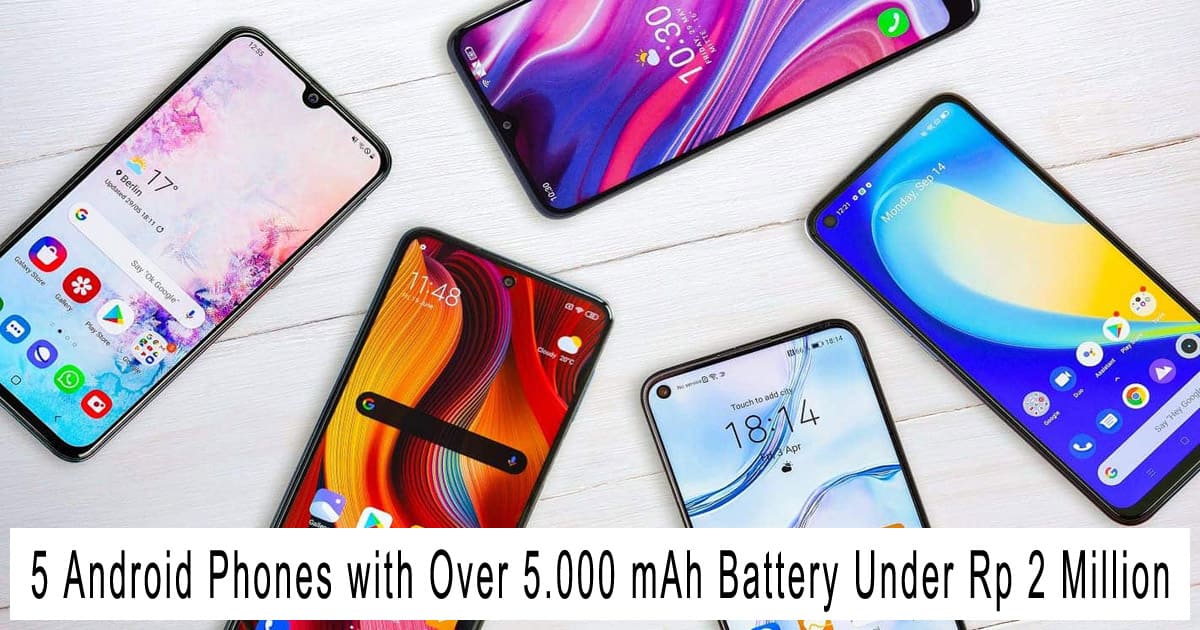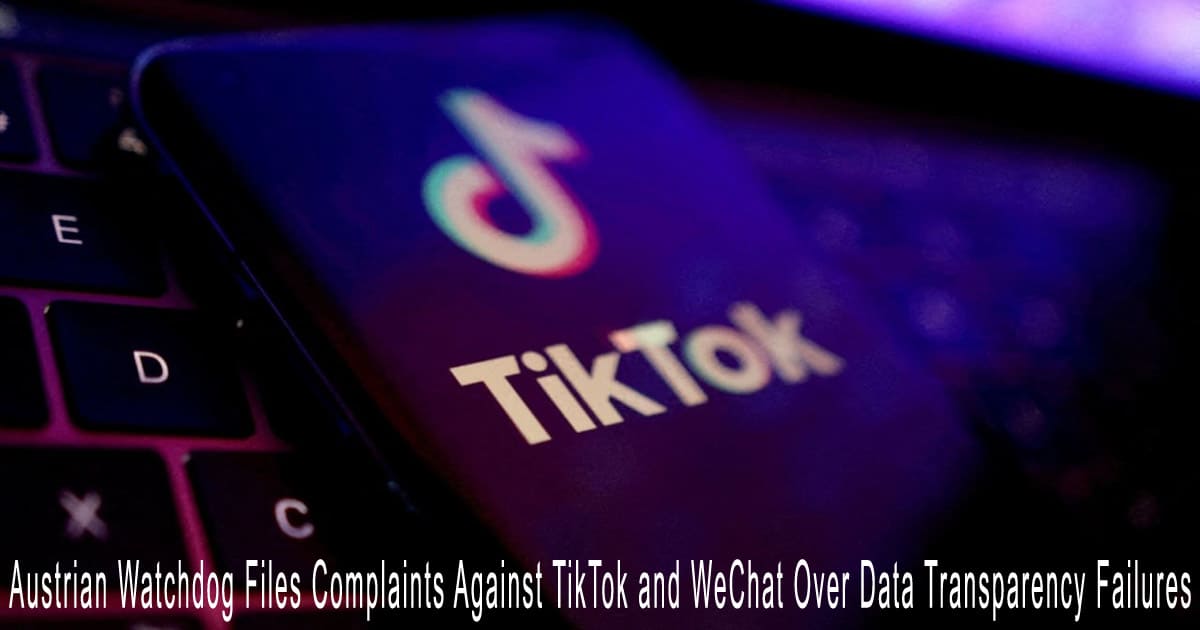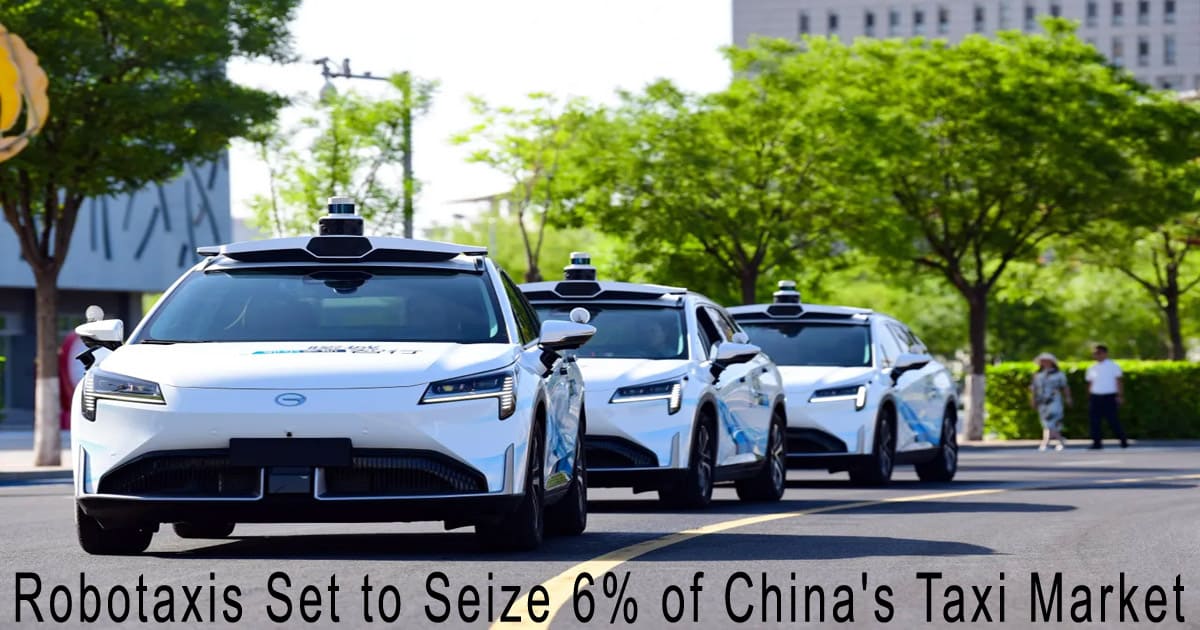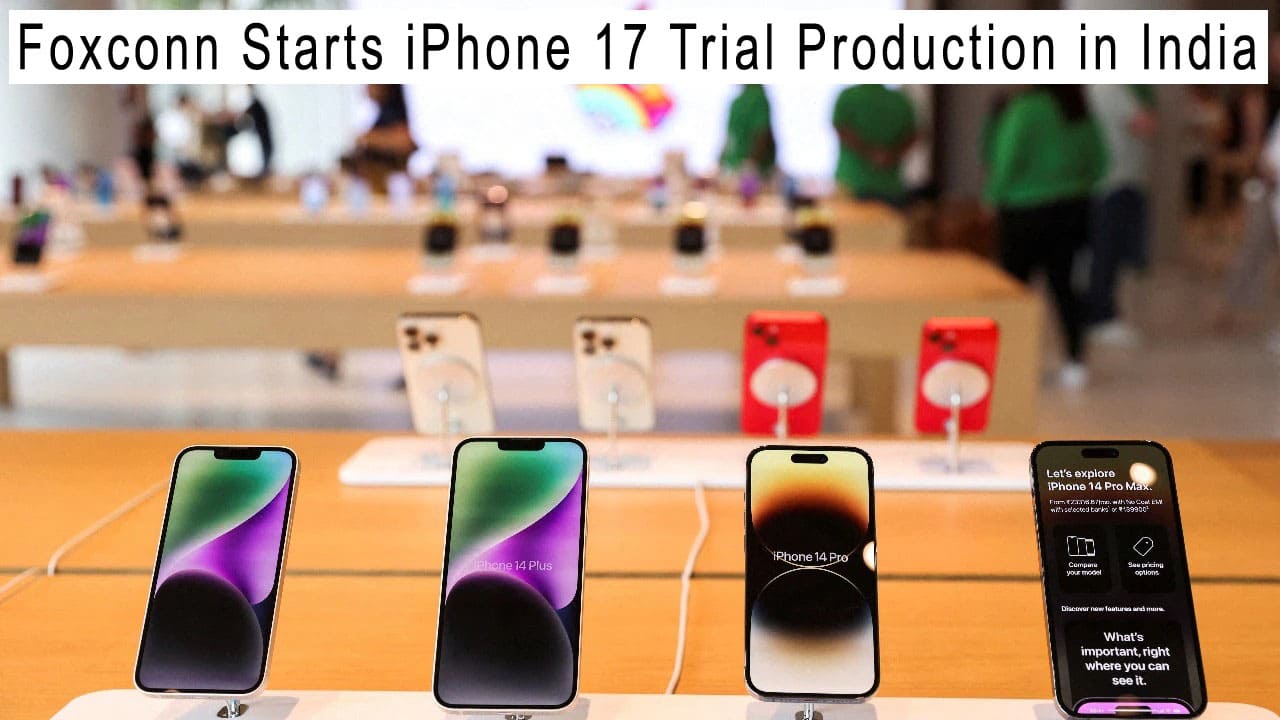Huawei Reclaims Top Spot in China’s Smartphone Market – Following years of lagging behind its rivals, Huawei has regained its dominant position in the Chinese smartphone industry. According to IDC’s latest report for Q2 2025, Huawei captured an 18.1% market share, surpassing Vivo, OPPO, Xiaomi, and even Apple. This marks Huawei’s first return to the top since 2020. https://dontkilladream.com
But hold up—don’t let the numbers tell the whole story. There’s a lot going on behind the scenes that made this comeback possible.
Huawei Reclaims Top Spot in China’s Smartphone Market After 4 Years:
1. Not Just a Lucky Bounce: The Competitive Landscape
Here’s what IDC Q2 2025 data says:
- Huawei: 18.1% market share
- Vivo: 17.3%
- OPPO: 15.5%
- Xiaomi: 15.1%
- Apple: 13.9%
Compare that to Canalys Q1 2025:
- Xiaomi led with 13.3 million units (19%)
- Huawei followed closely with 13 million units (18%)
That means Huawei pulled ahead in just three months—and that kind of jump doesn’t happen by chance.
2. Playing It Quiet but Smart: New Products That Stole the Show
Huawei didn’t just bank on nostalgia. They dropped some seriously impressive flagship and foldable phones that gave the brand a new edge. Devices like the Pura 70 Ultra and Mate X5 brought top-tier cameras and slick, futuristic design. While everything was going on, HarmonyOS continued to develop, providing devoted users with a strong Android substitute.
Canalys analysts pointed out that Huawei saw “double-digit growth” thanks to compelling new launches and solid distribution across online and offline channels.
3. Home Field Advantage: Government Subsidies Played a Role
The Chinese government’s smartphone subsidy scheme was another significant motivator in early 2025. While not targeted specifically at Huawei, it gave a strong push to consumers to upgrade their phones. Huawei, with strong presence in tier-2 and tier-3 cities, jumped on the opportunity with aggressive promos across JD.com, Tmall, and retail stores.
Still, analysts warn that these subsidies mostly sped up purchases—they’re not a guarantee for long-term growth.
4. Rivals Slowed Down, Huawei Hit the Gas
As Huawei went full throttle, some competitors lagged:
- Vivo and OPPO saw over 10% YoY declines
- Apple was down almost 5%
In China, iPhone customers were feeling let down by the latest models, causing a severe case of iPhone weariness. Plus, a surge in national pride among younger consumers helped steer them toward domestic brands—and Huawei was perfectly positioned to benefit.
5. More Than Just Phones: Building an Ecosystem That Sticks
Huawei’s strength goes beyond hardware. It’s about the ecosystem: smartwatches, tablets, smart home devices, cloud infrastructure—all tied together through HarmonyOS. That seamless experience is keeping users loyal and hooked.
6. Why This Matters for the Industry
Huawei’s comeback isn’t just another headline. It signals a bigger shift in the smartphone world:
- Android’s dominance could face pressure in China
- HarmonyOS might emerge as a serious mobile OS contender
- Local rivals like Honor and Xiaomi will need to level up fast
7. Final Take: A Comeback Built on Strategy, Not Luck
Huawei’s rise back to the top isn’t just about the market slowing down or competitors stumbling. It’s the result of smart product strategies, a growing ecosystem, strong distribution, national sentiment, and—yes—great timing.
For tech watchers and gadget lovers, this is a textbook case of how a brand can bounce back even stronger after a major hit.

